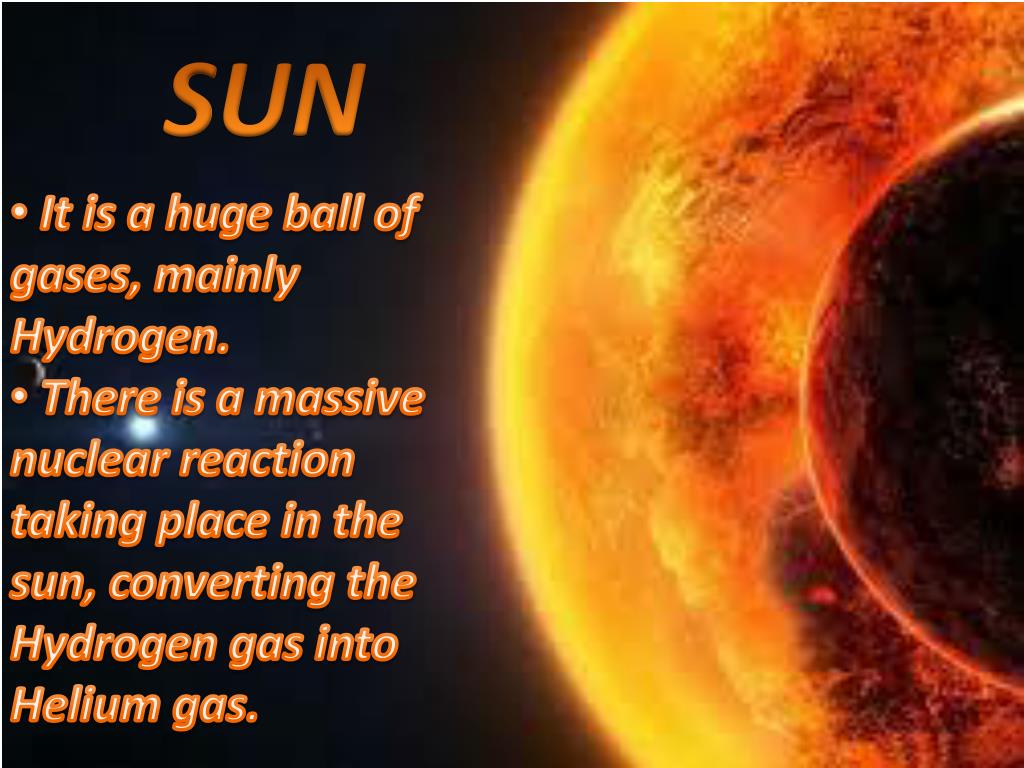

Over billions of meteors daily enter the atmosphere of the Earth.Due to this, they are popularly known as shooting stars. The burning of meteors forms streaks in the sky and looks like a falling star.Meteors and meteorites are usually smaller in size and as they enter the Earth, they burn up in the atmosphere.If the meteors are large enough, they can reach the ground to form a crater. Meteors and meteorites are celestial bodies in space that enter the inner atmosphere of the Earth when they are pulled in by the gravity of the Earth. This happens because of the effects of the solar wind and the solar radiation that acts upon the core of any comet.The outgassing effect creates a beautiful tail or a coma behind these comets.When the orbits of the comets bring them closer to the sun, the ice present in them vaporizes and releases gases through the outgassing phenomenon.The dead comets that have passed by the sun multiple times, lose almost all their volatile dust and ices and therefore might start resembling asteroids.The coma of the comet can be up to 15 times the diameter of the Earth.These celestial bodies are formed of loose dust, rocks, and ice particles.The core of a comet ranges from a few hundred meters to over ten kilometres across.Meteoroids are formed of materials of either comets or asteroids.Ĭomets are referred to the small chunks of rock and ice that come originally from the outer edge of our solar system.However, meteoroids generally have a radius of just one meter or even less. Asteroids have a radius that is more than one meter.Asteroids and meteoroids mainly differ in terms of size.While asteroids are formed somewhere closer to the sun, this prevents the progress of the formation of cometary ice.The largest known asteroid, Ceres, is over almost 1000 km or 625 miles across.The majority of these asteroids lie between the orbits of planets Mars and Jupiter.These rocks never grow massive enough in order to be called planets.Many asteroids are formed from the leftovers of planets and other celestial bodies after collisions.Most of the Asteroids or planetoids in our solar system are found between Jupiter and Mars, this area is known as the asteroid belt.While asteroids are majorly formed of rock and minerals, comets are formed from dust and ice. Asteroids are different from meteoroids and comets. These celestial bodies are formed of minerals or metals which orbit around the sun. Our Earth is also one such planet that is widely popular in the universe due to its ability to support and sustain life.Īsteroids refer to small rocks that are irregularly shaped.Planets move around the sun in their fixed orbits.

The planets may be formed of gases such as nitrogen, hydrogen, methane, metals, or rocks.Planets are large celestial bodies that revolve around the sun or any other star and are almost spherical in shape. Man Made satellite - For example – Hubble Space Telescope and the International Space Station.The Earth rotates around the Sun and the Moon rotates around the Earth. Natural satellite - For example – Earth and moon.For communication purposes, humans have also sent man-made satellites around the Earth and other planets in order to study them.It is kept in its orbit through the Gravitational pull of Earth. The moon is the natural satellite of our Earth.Satellites exist either naturally in space or are sent by humans.There are two types of satellites - Natural satellites and Artificial/man-made satellites. Satellites are the celestial bodies that revolve around the planets. When the hydrogen fuel at the core of the star gets exhausted, a star that is as massive as 0.4 times the mass of the sun will eventually expand to transform into a red star.The brightest star from the earth is known as Sirius.Stars are celestial bodies that are composed of a shining spheroid of plasma held together by the gravity of the star itself.The most noticeable stars from the surface of the Earth were identified and grouped into clusters, known as constellations.Stars appear as fixed luminous points in the night sky.Sun is a medium-sized star that provides us with energy and makes life possible on Earth.Due to their size, stars have immense gravitational attraction.When the core of the star becomes thick enough, the hydrogen in it is gradually converted into Helium through nuclear fusion. The life of a star begins with the collapse of a gaseous nebula which is mainly composed of hydrogen and helium material along with smaller amounts of other heavy elements. Stars are giant balls of hot gases that produce light of their own. Celestial bodies can mainly be classified into various categories such as: Stars


 0 kommentar(er)
0 kommentar(er)
